This post may contain affiliate links. If you make a purchase by clicking on these links, I may earn a small commission at no extra cost to you. Read the disclaimer for more information.
This is day 2 of my 24 day trek through the Khumbu region of Nepal.
The climb began immediately, my legs barely warmed up and my muscles slightly stiff from the prior day’s walk and short rest at my first teahouse on the trek. I was hoping that my belly full of Tibetan bread and scrambled eggs would give me the energy to get me through the morning’s climb up to the Deurali Pass, over 900 metres higher than our starting point in Shivalaya.

As we climbed, the village got smaller below and we had expansive views of the river and valley. The morning sky was clear and the sun was out to warm up the land. The mountains are carved out into terraced fields where local farmers scratch out a living.
It was a long, hard slog up the valley side, passing through a couple of small villages and scattered farm houses with friendly smiling locals. Many of their houses have been destroyed by the earthquake and they are rebuilding them straight up out of the piles of rubble.


Locals rebuilding their home after it was destroyed in the recent earthquake

A cool little dude I met on the trail to Deurali Pass


Another little friend I made on the trail to Deurali


Passing a stupa and prayer flags on the trail
After four hours of almost continuous climbing, along with plenty of rests and drink breaks, I finally saw the top of the pass up ahead of me and stumbled into the village of Deurali in time for lunch. I stood there and admired the incredible view from the pass, looking back down from where I had trekked from. The deep valley sunk way down below, the river and village of Shivalaya no longer even visible.

What a view! I made it
I sat down at a plastic table outside a teahouse and enjoyed a filling meal of Dhal Baht and a well earned cup of tea. I rested there for some time, soaking up the sun and watching a couple of local kids playing soccer. Every now and then the ball would go astray and one of them had to run down the mountain after it. I wished I had their energy.
The descent down from the Deurali Pass was much quicker than the climb up, as is always the case, and I only had to lose 500 metres in altitude compared to the 900 that I had gained.

Looking down into the Bhandar Valley
I arrived in the spread out Sherpa village of Bhandar (2200m) in the mid afternoon and was shocked by the terrible earthquake damage. It was by far the worst I had seen in Nepal so far, with almost every house damaged or completely destroyed. People were living in tents and makeshift shacks, including the local monks whose Gompa (monastery) was also damaged.

A destroyed house in Bhandar


This used to be a trekker lodge

The Bhandar Gompa – It looks ok at first site but the entire left side wall has collapsed.
The problem I had was that the teahouses and lodges were also destroyed and I wasn’t sure that I was going to have anywhere to stay. It was a sombre experience walking through the village, but the Nepalese are so resilient and life goes on. Some of the teahouse owners had rebuilt some quick makeshift dwellings out of new pine boards and corrugated roof sheeting. They are basic, but they provide a bed and roof for trekkers and passing locals.

Locals walk past an earthquake damaged house in Bhandar

My bed for the night – the newly built Bhandar Guesthouse
The newly built Bhandar Guesthouse is more of a Bhatti (local teahouse) and my bed was hard, with only a half inch thick mattress, and my pillow was even harder as it was stuffed with some kind of grain. The walls had huge gaps that I could see through and the interior walls were completely open at the top, so really, we might as well have all been in the same room. Still, I was just happy to have somewhere to put my head down for the night, even if it was going to be quite a sleepless one.

Read on: Day 3 and 4 – Traversing the Lamjura La


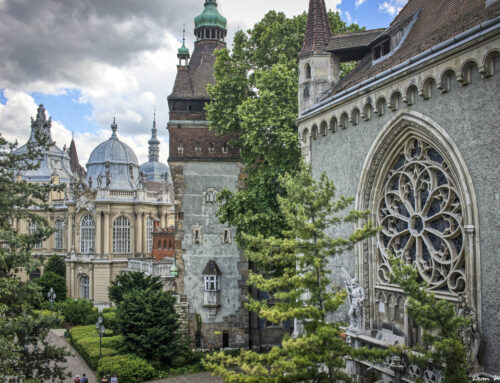
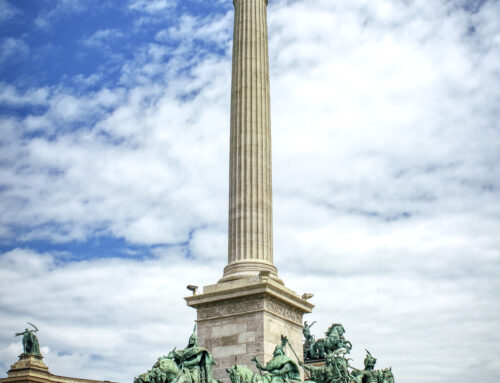
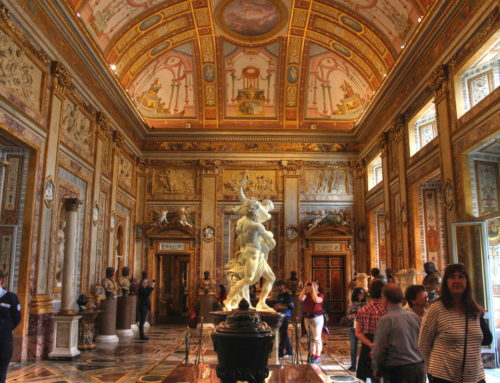
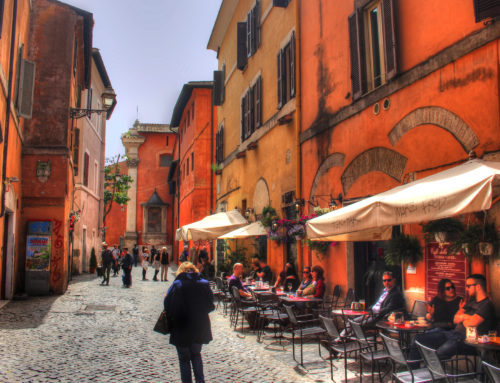
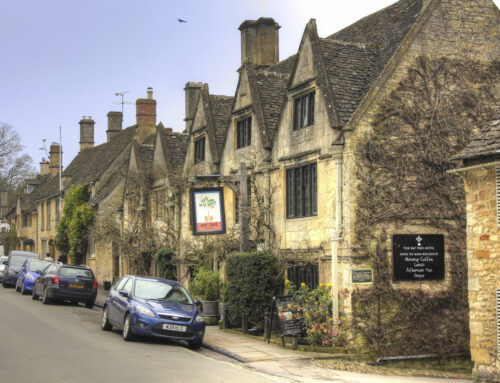
Awesome post.
Good vibes, Fox
Check out my blog Wanderlife
Such beautiful images of an amazing country. I love it there and your photos make my travel bug start to itch.
Hi Wendy. I’m pleased to hear that you enjoyed the photos and that they make you want to go to Nepal. It means that they have done their job 😉